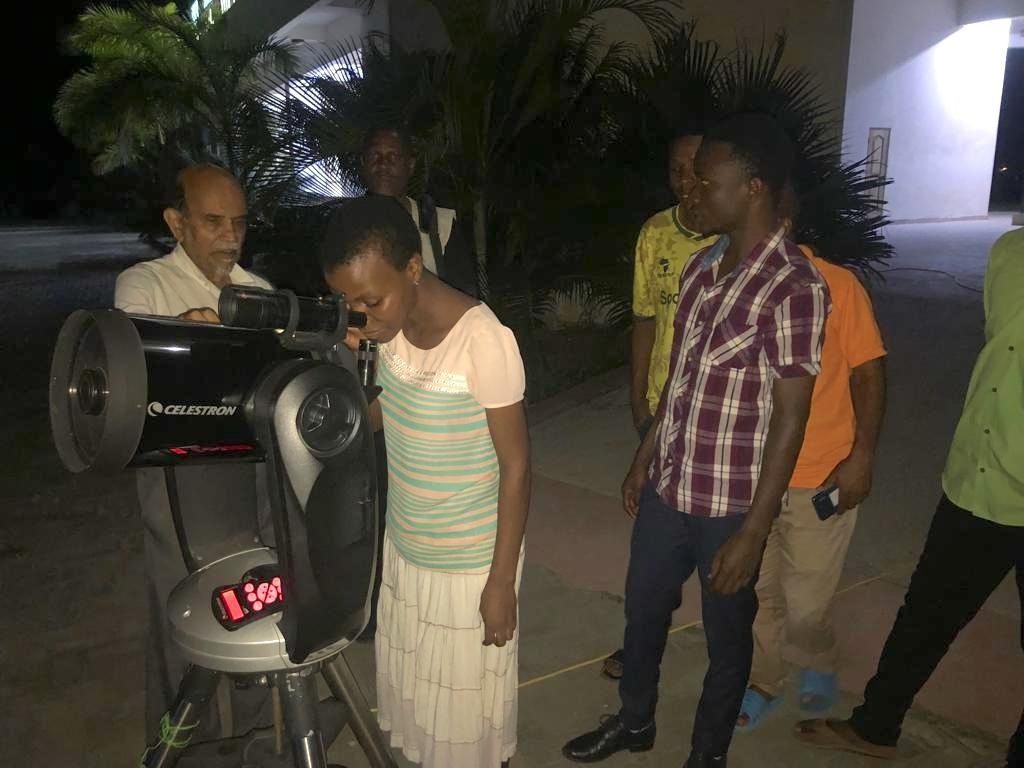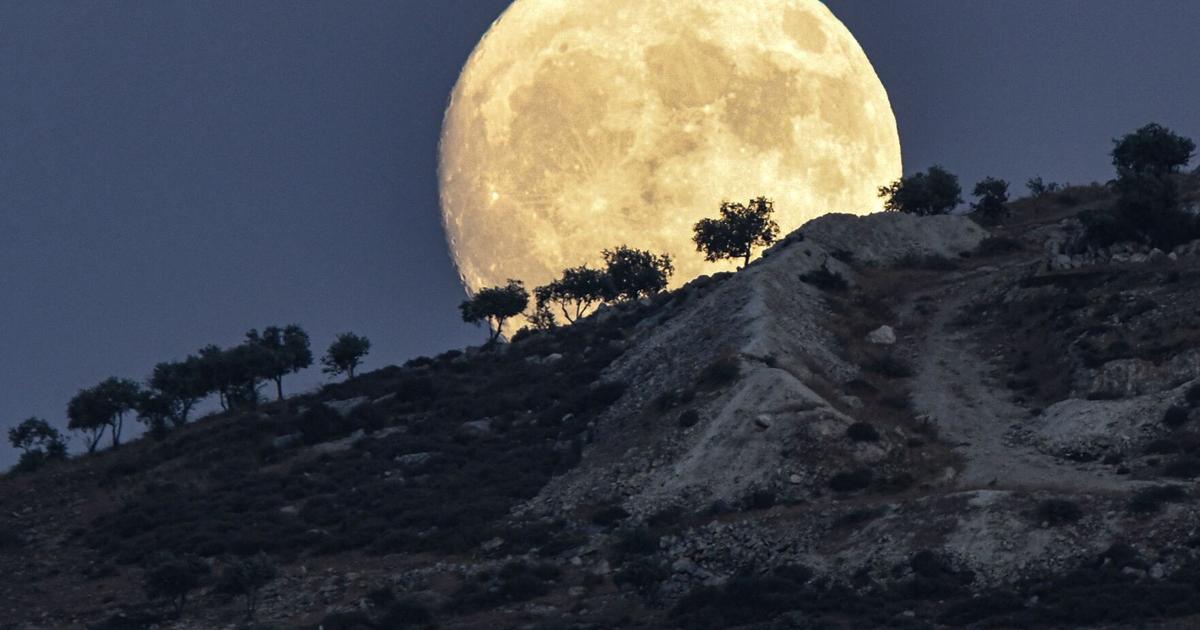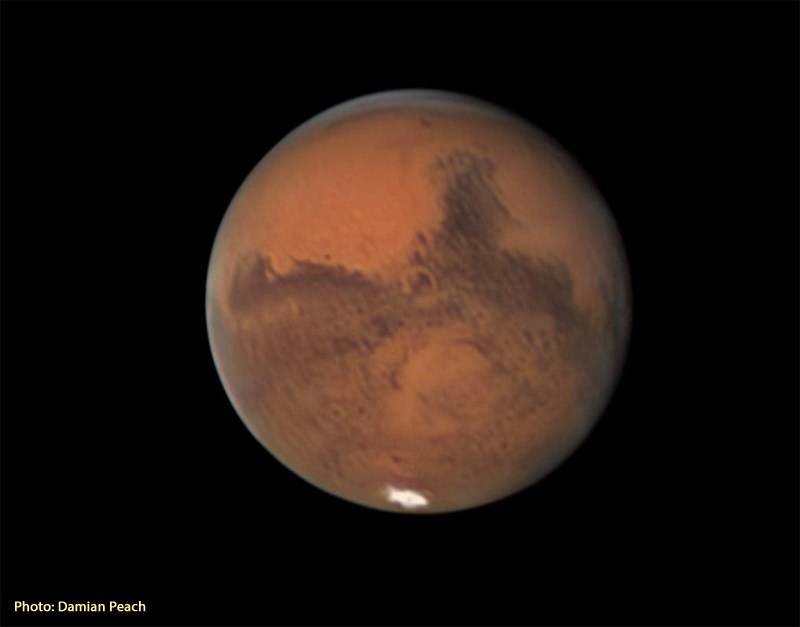-
Tanzania’s astronomer takes to the cosmos

True. Both astrology and astronomy deal with celestial objects, yet their nature, aim, methodology, and scientific legitimacy are fundamentally different. Astronomy is a legitimate scientific discipline, whereas astrology is a belief system with no scientific support. Even among scientists, astronomy is widely recognised as a legitimate scientific discipline with a well-established body of knowledge and…
-
8 space-themed trips for families, from astronomy stays to NASA space launches
This article was produced by National Geographic Traveller (UK). If India’s landing on the moon this August has ignited or renewed your family’s fascination with the stars and space exploration, there are countless ways to indulge this interest while travelling. Museums, reserves, festivals and historical attractions all over the world celebrate the secrets of the…
-
A Possible Crisis in the Cosmos Could Lead to a New Understanding of the Universe

Dark matter distribution simulation. Credit: SPL/Science Source Advertisement <div class="article-block article-text" data-behavior="newsletter_promo dfp_article_rendering" data-dfp-adword="Advertisement" data-newsletterpromo_article-text=" Sign up for Scientific American’s free newsletters. ” data-newsletterpromo_article-image=”https://static.scientificamerican.com/sciam/cache/file/4641809D-B8F1-41A3-9E5A87C21ADB2FD8_source.png” data-newsletterpromo_article-button-text=”Sign Up” data-newsletterpromo_article-button-link=”https://www.scientificamerican.com/page/newsletter-sign-up/?origincode=2018_sciam_ArticlePromo_NewsletterSignUp” name=”articleBody” itemprop=”articleBody”> Back in the mid-1990s, cosmologists—who study the origin, composition and structure of the universe—were beginning to worry that they were facing a crisis. For starters, two…
-
Physics and Astronomy Lecture: High Altitude Balloons, Microbes, and Bobcats

Southwestern Oregon Community College welcomes guests of all ages for a free lecture “High Altitude Balloons, Microbes, and Bobcats: Finding Your Passions Through the SPEAR (Space Physics Engineering Atmospheric Research) Research Team” by Southwestern Alum Madison Davis. Join us on the evening of Thursday, November 2, 2023, at 6:30 pm in the Umpqua Hall lecture…
-
Searching the sky for black holes with the world’s most powerful space telescope

Allison Kirkpatrick had just two days to survey parts of the cosmos using the James Webb Space Telescope (JWST), the most powerful space telescope ever created, and its mid-infrared instrument to search for supermassive black holes. Kirkpatrick, an associate professor of physics and astronomy, was the first to explore an area of space called “the…
-
Starlink satellites ‘leaking’ signals that interfere with radio telescopes

Steven Tingay, Curtin University When I was a child in the 1970s, seeing a satellite pass overhead in the night sky was a rare event. Now it is commonplace: sit outside for a few minutes after dark, and you can’t miss them. Thousands of satellites have been launched into Earth orbit over the past decade…
-
‘Call me chief priestess for the moon goddess’: space scientist Dr Maggie Aderin-Pocock

Call me chief priestess for the moon goddess,” says Dr Maggie Aderin-Pocock when I ask whether she prefers to be known as an astronomer, physicist or space scientist. She is, after all, entitled to all of them because before presenting The Sky at Night on the BBC she trained as a physicist, then an engineer…
-
A Legend Returns
AUDIO: Godspeed, John Glenn. 3, 2, 1, zero, ignition, liftoff! The MA-6 vehicle has lifted off… John Glenn was an instant legend. On February 20th of 1962, he became the first American to orbit Earth. The feat earned him a trip to the White House and the biggest ticker-tape parade in 35 years. Glenn found…
-
Opinion: Astronomy, the next 100 years
The night of October 5-6, 1923, forever changed the way astronomers saw and studied the cosmos. It was believed the Milky Way we see on clear moonless nights was the ‘universe’. Little did they know a simple 45-minute photograph would throw them a curve. It was long suspected a small patch of light located in…
-
Apollo 17 astronauts collected rocks that reveal the moon’s true age

(CNN) — The moon is our planet’s constant celestial companion, only shaded from view about once a month when its orbit takes it between Earth and the sun. Earth’s biggest satellite has long been a source of awe and wonder, inspiring the imaginations of artists and writers for millennia. The moon’s gravitational pull is also the…
